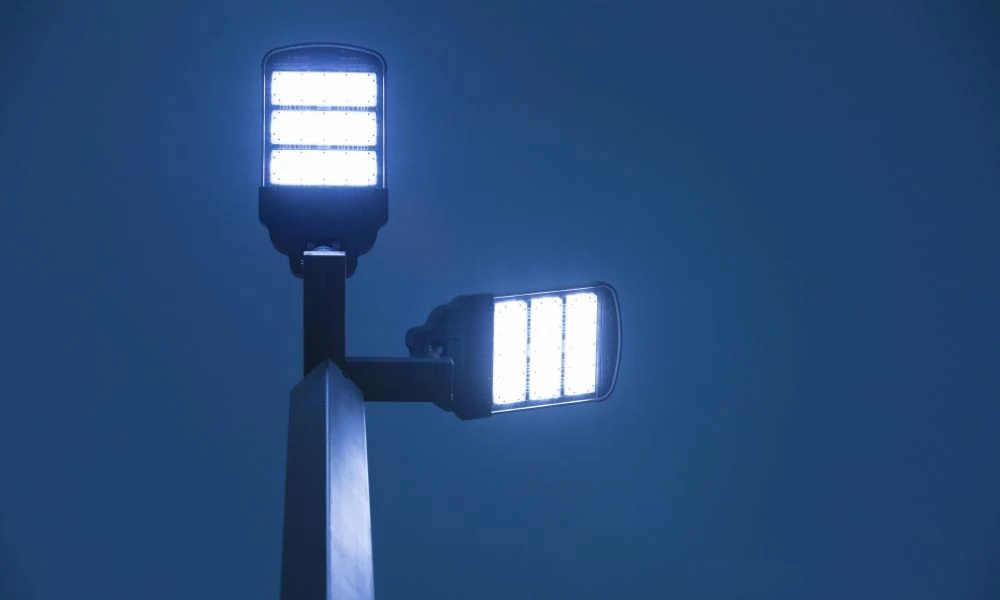Lighting has come a long way in recent years. Thanks to advances in technology, LED lighting has become one of the most popular and efficient options for homes, businesses, and public spaces. This shift isn’t just about better brightness, it’s about smarter, more adaptable solutions that fit a wide variety of needs. Two important components in this evolving world are LED strip lights and LED modules. Understanding what these are and how they work can help you make better lighting choices, whether you’re outfitting a home or a large-scale project.
What Are LED Strip Lights?
LED strip lights are thin, flexible circuit boards covered with LEDs that can be cut to size and installed almost anywhere. They’re ideal for creating ambient lighting, highlighting architectural features, or adding practical illumination to under cabinets, shelves, or display cases. The beauty of these lights lies in their versatility: they can bend around corners, be hidden behind surfaces, or run in long continuous lines.
For those looking to equip larger projects or business spaces, purchasing wholesale LED strip lights offers clear advantages. Buying in bulk not only reduces costs but also ensures consistency across installations. When choosing wholesale options, it’s important to consider factors like color temperature, brightness, and durability to get the best value without compromising quality.
What Makes LED Modules Unique?
While LED strip lights provide flexible lighting solutions, the LED module serves a different role in lighting design. An LED module consists of a few LEDs mounted on a small board with a lens, designed for focused and uniform illumination. These modules are frequently used in signage, backlighting, and architectural lighting where precise and steady light output is necessary.
LED modules are prized for their brightness and ease of installation in custom lighting setups. Unlike strip lights, modules often provide concentrated light spots, making them excellent for highlighting signs or specific architectural details. Their compact design and versatility make them a key component in many professional lighting projects.
Combining Strip Lights and Modules for Enhanced Lighting
Many lighting designs benefit from combining LED strip lights and LED modules. Strip lights can offer continuous, flexible lighting along surfaces or edges, while modules provide focused light to accentuate specific areas. This blend allows for customized, layered lighting effects that enhance both aesthetics and functionality.
When planning such integrated systems, it’s important to balance power needs and installation logistics to ensure smooth operation and maintenance. The versatility of using both types of LEDs opens up many creative possibilities for spaces ranging from retail stores to residential environments.
The Energy and Environmental Benefits of LEDs
LED technology, including both strip lights and modules, stands out for its energy efficiency. Compared to traditional lighting options, LEDs use much less power, which lowers energy bills and reduces environmental impact. Additionally, LEDs produce less heat, contributing to longer lifespans and safer operation.
Using LED strip lights and modules not only helps reduce energy consumption but also supports sustainability goals by minimizing waste. Their durability means fewer replacements and less material discarded over time, making LEDs an eco-friendly choice for modern lighting.
Conclusion
The combination of LED strip lights and LED modules is changing how we think about lighting solutions. Whether you’re working on a home project or managing a commercial installation, understanding these technologies helps you make smart choices that balance efficiency, adaptability, and design.
Purchasing wholesale LED strip lights is a practical option for those who need reliable, cost-effective lighting in bulk, while the LED module offers focused, powerful illumination that fits specialized needs. Together, they provide the flexibility required to create lighting that is both functional and visually engaging.

